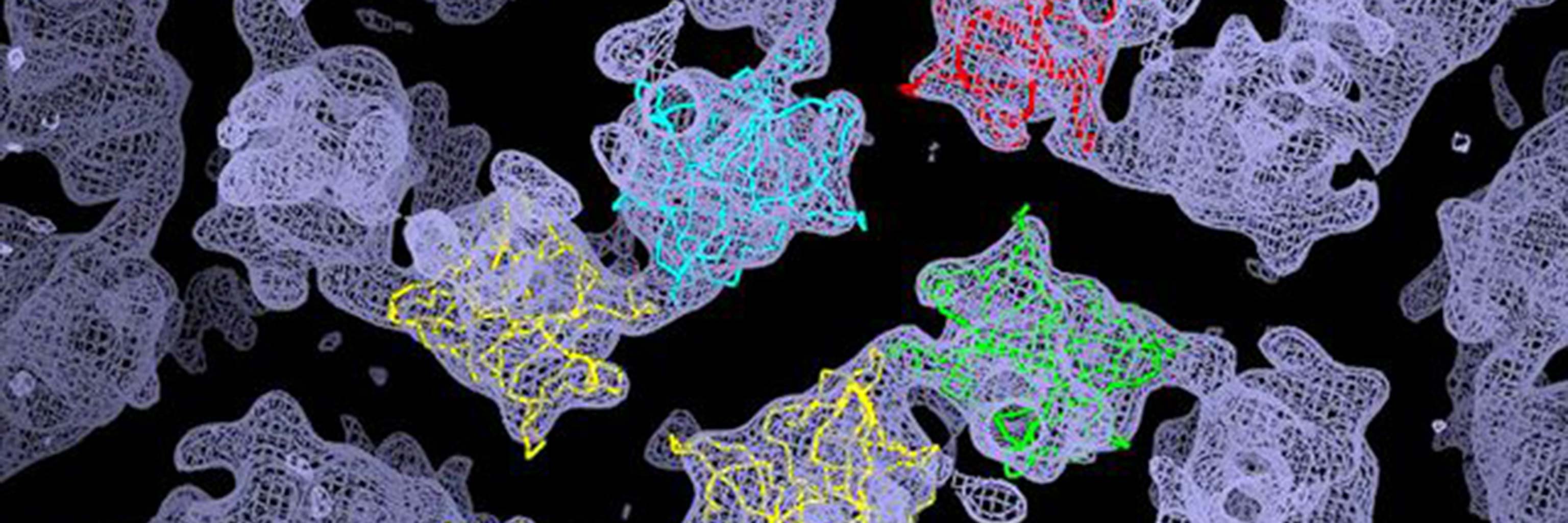We use model systems and human pathogens to contribute to basic and applied research using viruses and their hosts. The questions can be divided into three broad and overlapping areas: 1) virus structure, 2) viral mechanisms, and 3) pathogenesis. The systems used include the Hepatitis B virus, Hepatitis C, Papilloma viruses, Brome mosaic virus, Sindbis virus, Reovirus, and several others.
Virology
Virus structure
We use cryoelectron microscopy, crystallography, biochemical, and biophysical methods to understand how virus particles assemble and disassemble. The overall goals are to understand how structures affect function, to discover new targets for the design of therapeutics, and to use these basic properties to build better nanotechnology tools.
Viral mechanisms
We use structural, cell-based, molecular, and biochemical methods to understand genome replication and gene expression, virus entry, and spread. These areas will contribute to basic understandings of protein-protein and protein-nucleic acid interactions that are essential to life and the design of new antiviral strategies.
Pathogenesis
We use biochemical, molecular, and genetic methods to investigate the activation of host pathways controlling cell-death and innate immune responses by viral molecules or viral processes. These areas will contribute to areas of gene regulation, immunobiology, and the underlying basis for virus-associated and inflammation-associated diseases.

 The College of Arts
The College of Arts